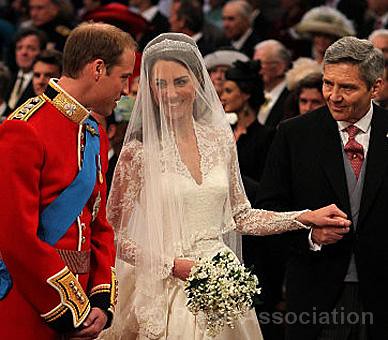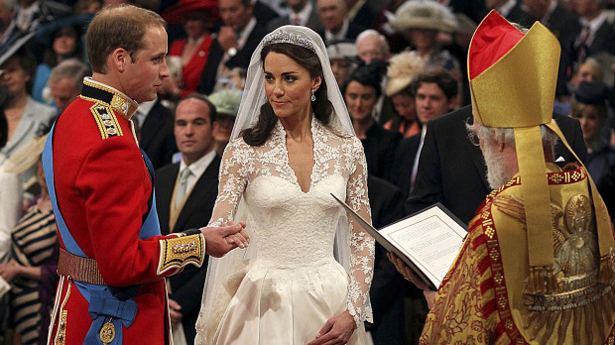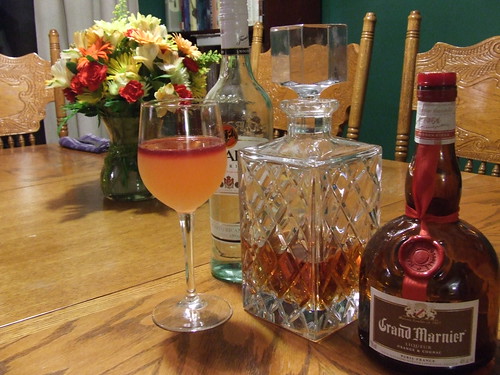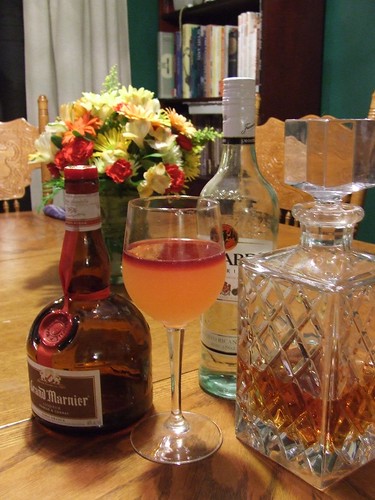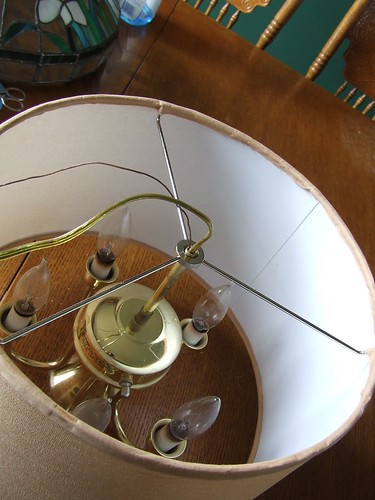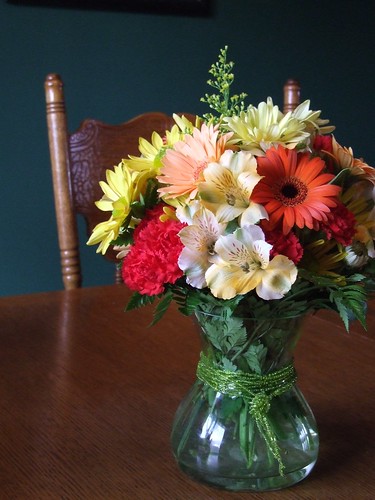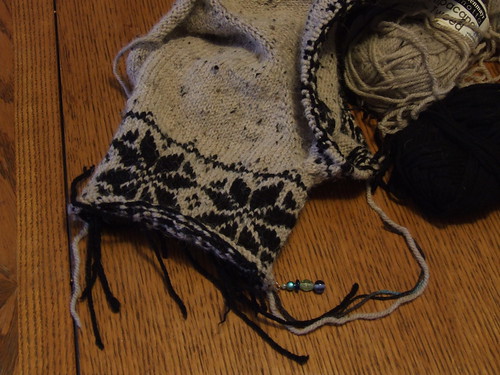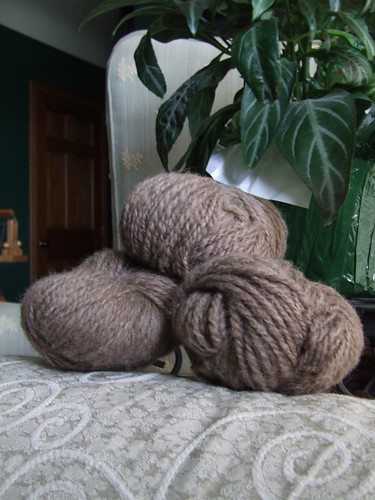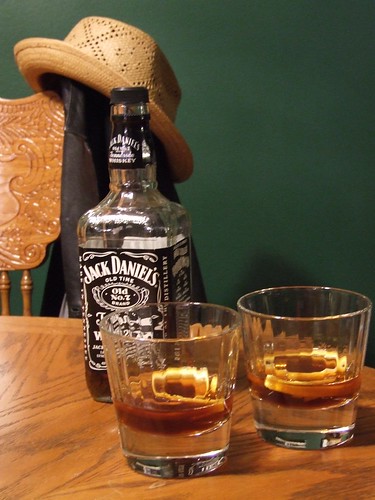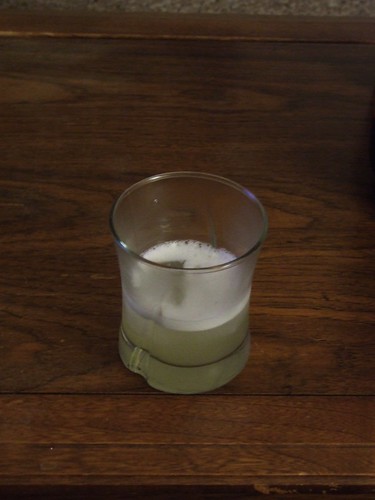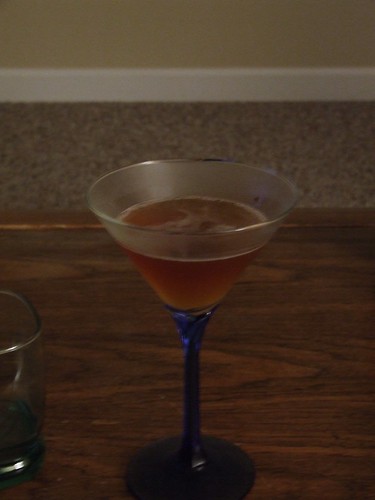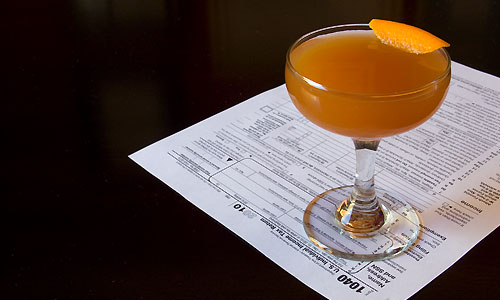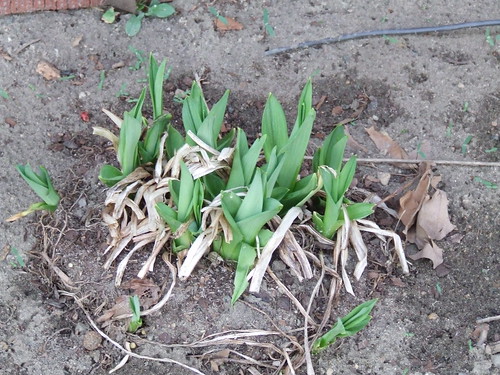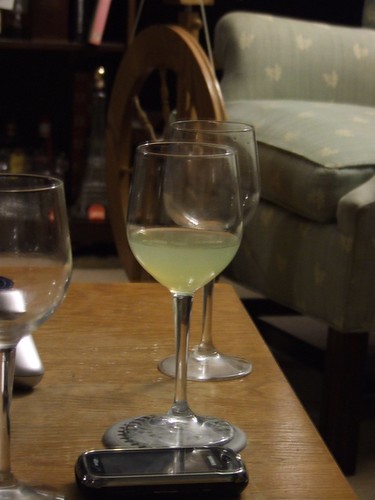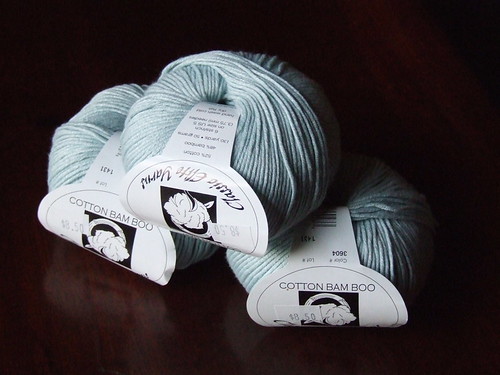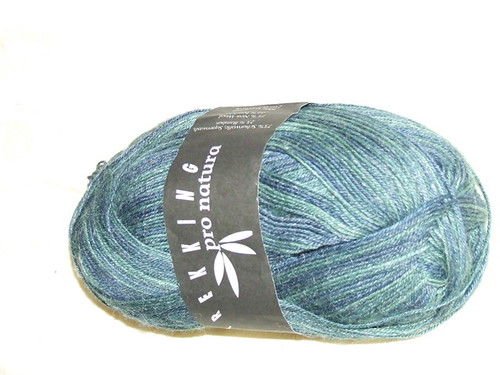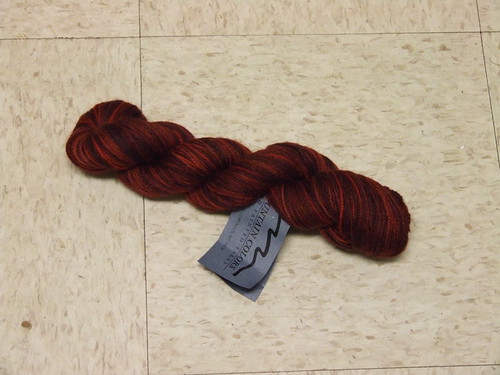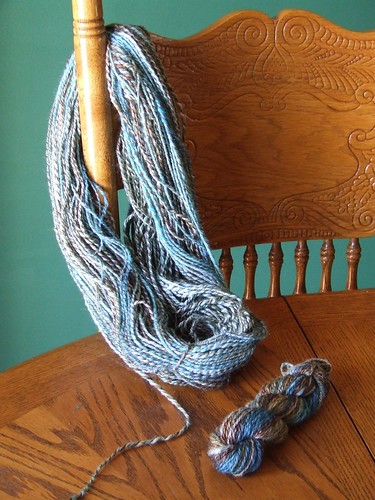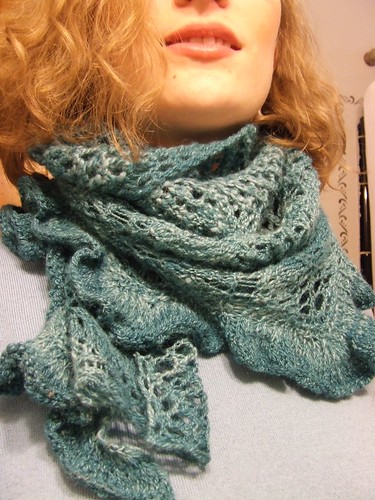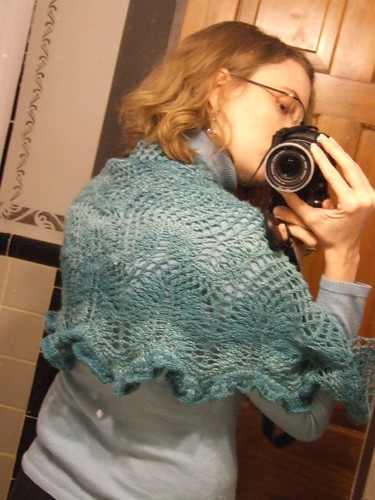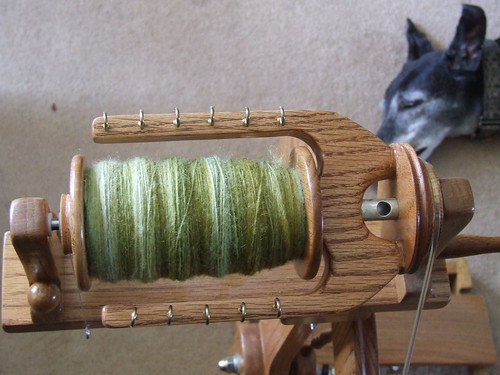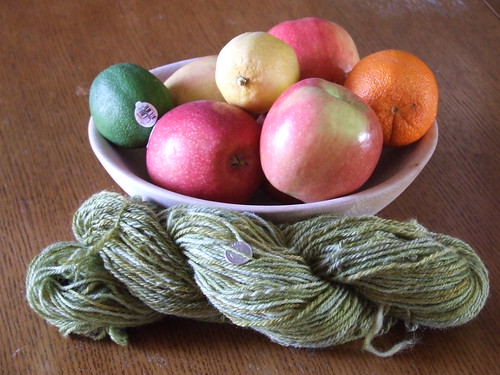Those of you who know me personally, which is almost all of you at this point, probably know that I enjoy discussing religion and philosophy. After all, I found the latter so interesting that I got a degree in it. Both of these are tied up in the nature of the world and reality, and how one should act within that context. I strongly believe that searching for truth on that front is important, because it has ramifications on how one should act and conduct one's life in general.
When the Jehova's Witnesses come to my door, they don't really get right into trying to convince me to be one of them. They start with specific topics of conversation. I didn't mind them starting a conversation about the nature of prayer. It's an intriguing thing to think about. It is especially interesting to me to contrast the Christian mindset they were presenting, where you ask God for what you want and God will end your suffering, with the Buddhist mindset where the desire of things that you do not or cannot possess is the true source of suffering.
The second time I talked to them, they stated that the reason they believed in the Bible was that the Bible is the oldest religious text. They didn't just mean the Pentateuch or Torah, either -- I could have understood if they thought the first five books were the oldest, since the Bible itself says they are older -- they meant the whole, complete Bible. I couldn't help laughing at that, and despite the fact that we talked about the differences between the Catholic, Protestant, and Orthodox versions, they still asserted it. I talked about the age of the Vedas and other texts, and they told me to come back with research, and we would talk about it. I told them to research the age of the Bible before we talked again. I pulled out a stack of books and bookmarked information about the age of different religious texts still in use today, ready for our next conversation. Of course, all it would have taken was a little thought about the fact that the Romans were worshiping different gods -- complete with mythic texts -- before the birth of Jesus and during the events of the New Testament. Once you realize that, it's easy to realize that it's not the age of the tradition that makes it valid or not.
Of course, pouring over the books to find the exact information about the age of different religions and different versions of the Bible took me hours, and totally derailed me from my plans for the day.
Eventually, I put these books away because they did not return for months. Today, they appeared, wanting to talk about peace and governmental upheaval going on throughout the world -- mostly meaning the Arab Spring, though also referring to the Ivory Coast, and current American governmental failings. They also wanted to talk about the Kingdom of God, and how that would solve all of these problems. Basically, they were saying that human government is inevitably flawed (ok, point) and what we need -- and what will inevitably come -- is God's rule. I asked them exactly what they meant by the rulership of God. I said that I could only understand this in one of two ways: 1) An "end-times"/apocalyptic scenario, in which God directly interacts with humans; or 2) a religious government, in which a religious leader who knows the will of God rules. Not that I ever got the chance of mentioning it, but the latter reminds me of the Ayatollahs in Iran. They clearly believed that a religious leader shouldn't be the governmental leader, and we talked about the Bible verse about returning that which is Caesar's to Caesar, which is not only about taxation, but also about secular government. They also seemed to believe that they were not talking about an end-times, post-rapture scenario. However, they refused to even attempt to describe how such a system could possibly work. Interestingly, they used the garden of Eden before the fall as an example of the Kingdom of God and the sort of paradise on earth that the human race is supposed to create, even though that didn't turn out so well. They just kept falling back on verses saying that it would happen, and that it would be peaceful (though there was something in there about something being crushed), and that it
should happen soon. The idea was for all of us to help make it happen. Yet they still would not talk about what it would mean, logistically, to have the world ruled by the Kingdom of God, and they eventually fell back on the old standby, "God understands it all, and we're too small and stupid to get it." Why? "Because the Bible says so."
For me, and for anyone else who doesn't already believe what they're saying, this is a cop-out. This is where their argument becomes completely invalid. If you answer doesn't make sense, then you need to look for another answer, not give up because your answer might not fit with your holy text. I don't mind if you try to find a way for your logical answer and your holy text to work together, if they seem at odds in the beginning, but twisting and ignoring the evidence to follow a certain understanding of your holy text is really just blindness.
I told them that I have read the Bible several times, I have studied religion, and I have a degree in philosophy. I am not going to believe what they say simply because they quote a Bible verse at me. The fact that the Bible says it is the word of God and the fact that a number of people believe it to be the word of God are not enough evidence to make me believe that it is the word of God. Of course, we had discussed this the last time, when they brought up the age of the Bible as evidence of its divine origin. They didn't do that this time, though. This time, they tried to use the existence of some facts in the Bible to prove its divinity.
First, they tried to confuse the relationship of philosophy to reality with religion's relationship to reality. They implied that philosophy ignores the facts. Really, in philosophy, if the theory doesn't match the logic and the evidence, then the theory is considered invalid. In religion, if the evidence doesn't match the divine text, then the evidence is considered invalid, or at least misleading.
Interestingly, the fact that they used to demonstrate that the Bible is full of facts is that each animal produces its own kind. Why, yes it does, and biology texts explain much more thoroughly the genetic reasons that this happens, why traits are inheritable, etc. Those biology texts contain this fact, too. That doesn't mean they are the word of God. Nobody claims that biology texts are the word of God. Then, somehow, the very next thing they tried to do, in response to my claim that the same basic information is in biology texts, was that they tried to use this same piece of text to try to convince me to believe in Creationism over Evolution. Now, I have no problem with people believing that time, the world, and everything in it was created by a divine creator. The evidence is that every living thing grows and develops according to its genetic code, but if you want to say that the genetic code is the way it is because God created the world such that it would be that way, then fine. That works. It is totally, logically a possibility that stuff in the world works the way it does because some entity created it to be that way. It makes sense for the word of God -- given to people who had the technology level of the time, thousands of years ago -- to talk about these things obliquely, as in a parable. However, insisting that it happened differently because it must have happened the exact way that their religious text says, well, that completely invalidates the whole conversation, which was originally an attempt to prove the validity of their religious text because it has "facts" in it!
Then, they attempted to use the fact that a mule can't reproduce as proof against evolution, whereas it is proof
for the existence of speciation, and evidence against their Bible verse that says like will produce like. I tried to talk about mutation and speciation. When I asked them about like producing like, they said things like the sterility of mules was man's fault. Ignoring the fact that horses and donkeys can mate on their own, I talked about cross-pollination being a completely natural thing, and talked about how plants can pick up genes from other species. I talked about the evidence of evolution that we have from things with a short generation time, such as bacteria and insects such as the
peppered moth in England. Then they tried to talk about butterfly metamorphosis as if it were butterfly evolution. Clearly confused. I tried to explain it to them, and we went round in this circle of talking about how speciation is an evolutionary mechanism, versus them thinking that it somehow supported the "like produces like" verse. Basically, they were hoping that I would have too low a level of understanding of evolution to be able to explain it, and if I didn't understand it, I would accept their answer as simpler. When I tried to start explaining it, they wouldn't listen and went back to trying to respond using the things they said before that hadn't made sense the first time. We went round and round, that is, until I told them that the conversation was completely frustrating because they weren't listening, and that I wasn't going to talk to them any more.
But, of course, my whole afternoon was once again thrown off by my personal irritation at having a conversation in which the other party wasn't really listening or thinking, or even making sure that their fifth sentence didn't completely contradict their first sentence; they were just repeating what someone else had told them. It was intellectual pain and frustration that was almost like physical pain, and impossible for me to ignore. I love to have real conversations about intellectually challenging things, but the things these people were saying lack all credibility! They come to my door, acting like they want to have a conversation, saying that they aren't interested in converting me, but they don't listen, and they don't engage themselves mentally. So frustrating. And now I've let it get to me so much that I've barely done anything on my to-do list. That's why I have to vent to you, lovely readers; so I can move on.





